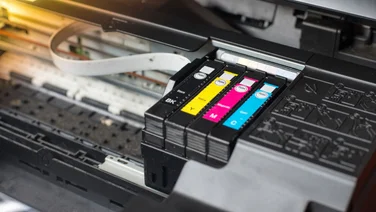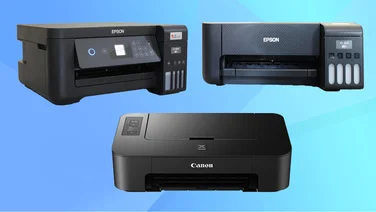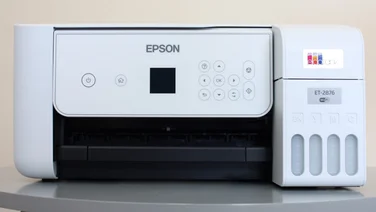To help us provide you with free impartial advice, we may earn a commission if you buy through links on our site. Learn more




We hate stickers on cameras that advertise their features – if you’ve already bought it, you don’t need to see an advert for it. Even worse are stickers that leave a residue to spoil your nice new purchase. Sadly, this tainted an otherwise positive first impression of the VG-130, with its slim metal body, 3in screen, 5x zoom lens, 720p video mode and £80 price.

Operation is straightforward, with key settings appearing as a strip of icons down the right of the screen that are quick to access using the navigation pad. There’s a dedicated record button for the video mode, but while the 720p resolution is great at this price, there’s little else that’s positive about the VG-130’s videos. There was quite a bit of noise in both its picture and soundtrack, the zoom and autofocus were fixed for the duration of clips and the microphone sounded tinny.

When there’s limited light in a scene, cameras’ automatic modes must strike a balance between blur and noise. A faster shutter speed minimises the chance of blur, but the camera then needs a fast ISO speed to boost the brightness of the image, which also boosts noise. Sadly, the VG-130 did a terrible job of this balancing act, resorting to shutter speeds as slow as half a second before it raised the ISO speed beyond 125. The result was blurry results in nearly all of our indoor shots without the flash. We’d normally moan about this camera’s insistence on reactivating the flash each time it’s powered up, but in this case it’s unwise to suppress the flash.
Another option would be to use the Digital Image Stabilisation mode, but this went too far the other way, using excessively fast shutter and ISO speeds that resulted in aggressive noise reduction that gave details a blocky appearance. Switching to Program mode and adjusting the ISO speed manually gave the best results, but that won’t be popular with the casual photographers at whom this camera is aimed.

It’s a pretty fundamental flaw in what is otherwise a competent, keenly priced camera. Photos in well-lit conditions were detailed and balanced, with sharp focus right into the corners of frames. However, there was some noise even at the base ISO 80 sensitivity setting. At its best, image quality was only average for the price. At worst, it was disastrous.
If you’re looking for a cheap, smart, compact digital camera, then you’d be much better off with the Panasonic Lumix DMC-S3.





